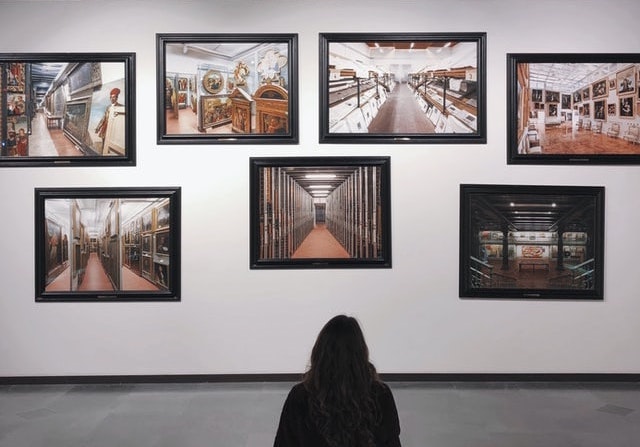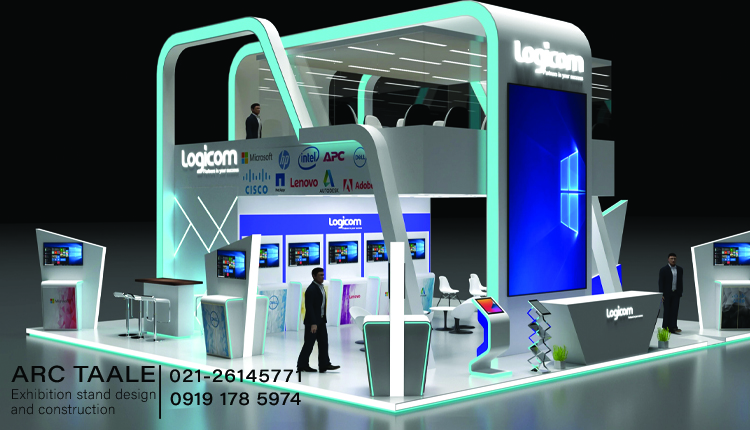Art exhibitions serve as vibrant hubs where creativity, culture, and community converge, offering a myriad of benefits to both participants and attendees alike. From fostering cultural exchange to stimulating intellectual discourse, these events play a pivotal role in enriching our lives and shaping our collective consciousness. In this article, we delve into the multifaceted benefits of art exhibitions exploring how they serve as catalysts for personal growth, social cohesion, and artistic appreciation.
What are 3 benefits of art exhibition?
In the dynamic realm of artistic expression, art exhibitions stand as venerable platforms that transcend mere display; they become immersive journeys that weave tales of creativity, culture, and human connection. These exhibitions serve as portals, inviting individuals to step into a world where colors, shapes, and ideas converge, offering a plethora of benefits that extend beyond the confines of a canvas.
Cultivation of Cultural Awareness
In the kaleidoscopic tapestry of an art exhibition, diverse cultures find a harmonious intersection. Each piece of art, whether it be a painting, sculpture, or multimedia installation, is a cultural emissary, conveying the nuances, traditions, and perspectives of its creator. Attendees are granted the opportunity to embark on a global odyssey, discovering the beauty of varied artistic traditions. This cultural cross-pollination fosters a heightened sense of appreciation and empathy, breaking down barriers and nurturing a global mindset.
Fostering Creativity and Inspiration
Art exhibitions are veritable breeding grounds for creativity, serving as wellsprings of inspiration for both artists and enthusiasts alike. The curated amalgamation of innovative techniques, avant-garde concepts, and experimental forms stimulates the imagination. Visitors find themselves immersed in a reservoir of creative energy, prompting introspection and inciting fresh perspectives. This exposure to diverse artistic styles acts as a catalyst for personal creativity, encouraging attendees to explore their own expressive boundaries.
Community Engagement and Social Discourse
Art exhibitions function as communal spaces, inviting people from all walks of life to engage in shared dialogue. Beyond the aesthetic allure, these gatherings become forums for meaningful conversations, where societal issues, cultural shifts, and personal narratives intertwine. Attendees engage in a collective exploration of ideas, fostering a sense of community and connectivity. The shared experience of interpreting art becomes a catalyst for discussions that transcend the boundaries of the gallery, leaving an indelible impact on the social fabric.
read more
In the evocative realm of art exhibitions, the benefits of art exhibition extend far beyond visual appreciation. These curated spaces not only celebrate the rich tapestry of human creativity but also serve as conduits for cultural understanding, sources of inspiration, and platforms for fostering meaningful community connections. As attendees traverse the labyrinth of artistic expression, they embark on a transformative journey that transcends the boundaries of the canvas, leaving an enduring imprint on the soul.
How to design an art exhibition
Designing an art exhibition is akin to orchestrating a visual symphony, where each element harmonizes to create an immersive and memorable experience. The task demands a delicate balance of aesthetics, functionality, and storytelling, ensuring that the space becomes a canvas in itself. In this guide, we delve into the intricate process of curating an exhibition that transcends the ordinary, capturing the essence of the artworks and engaging the audience in a captivating narrative.
Define the Concept and Theme
Every compelling exhibition begins with a clear and cohesive concept. Whether it’s a retrospective of a single artist or a thematic exploration, defining the overarching idea sets the tone for the entire exhibition. This concept becomes the guiding force, influencing everything from the selection of artworks to the layout and design elements.
Consider Spatial Flow and Layout
The spatial arrangement of artworks within the exhibition space is a critical aspect of the design process. Consider the flow of the audience as they navigate through the space, ensuring a seamless journey that enhances the overall narrative. Experiment with the placement of pieces, creating visual connections that lead the viewer from one masterpiece to the next in a carefully choreographed dance.
Lighting and Ambiance
The right lighting transforms an exhibition space into a curated sanctuary. Pay meticulous attention to lighting design, utilizing a combination of ambient, accent, and directional lighting to accentuate the details of each artwork. Create a dynamic interplay of light and shadow that adds depth and drama, enhancing the overall visual experience.
Utilize Technology and Multimedia
Incorporating technology can elevate the exhibition experience to new heights. Consider interactive displays, digital projections, or virtual components that complement the traditional artworks. Striking a balance between the analog and digital realms can captivate a broader audience and provide a multi-sensory experience.
Pay Attention to Detail
The devil, they say, is in the details. From the choice of framing to the type of display pedestals, every detail contributes to the overall aesthetic. Consistency in design elements, such as color schemes and typography in informational materials, reinforces the exhibition’s visual identity.
Designing an art exhibition is a nuanced process that involves a symphony of creative decisions. By carefully curating the concept, spatial layout, lighting, and embracing technological enhancements, one can create an exhibition that not only showcases art but becomes an immersive journey for the audience. As the curtains rise on the visual spectacle, the art and its presentation merge seamlessly, leaving an indelible impression on those fortunate enough to witness the curated masterpiece.
Art exhibitions serve a multitude of purposes and offer numerous benefits of art exhibition to both artists and audiences. Here are some key aspects:
- Promotion of Artists and Their Work: Art exhibitions provide artists with a platform to showcase their creativity, talent, and vision to a wider audience. It offers them exposure and recognition within the art community and beyond, potentially leading to sales, commissions, or future opportunities.
- Cultural Enrichment: Art exhibitions contribute to cultural enrichment by presenting diverse artistic styles, themes, and traditions. They offer viewers an opportunity to explore and appreciate various cultural perspectives, fostering cross-cultural understanding and appreciation.
- Stimulating Creativity and Inspiration: Art exhibitions can inspire and stimulate creativity among both artists and viewers. By exposing audiences to new ideas, techniques, and perspectives, exhibitions encourage experimentation and innovation in artistic expression.
- Promotion of Dialogue and Discourse: Art exhibitions often spark dialogue and discourse on important social, political, and environmental issues. Through their artwork, artists may convey powerful messages, challenge societal norms, or offer alternative viewpoints, encouraging viewers to engage in critical thinking and meaningful conversations.
- Educational Opportunities: Art exhibitions serve as educational resources by providing insights into artistic techniques, art history, and cultural contexts. They offer viewers an opportunity to learn about different art movements, mediums, and aesthetics, enhancing their understanding and appreciation of the arts.
- Community Engagement: Art exhibitions bring communities together by providing shared spaces for cultural experiences and social interactions. They serve as gathering points where people from diverse backgrounds can come together to celebrate creativity, exchange ideas, and build connections.
Overall, art exhibitions play a vital role in enriching lives, stimulating creativity, promoting cultural understanding, and fostering a deeper appreciation for the arts among both artists and audiences.


